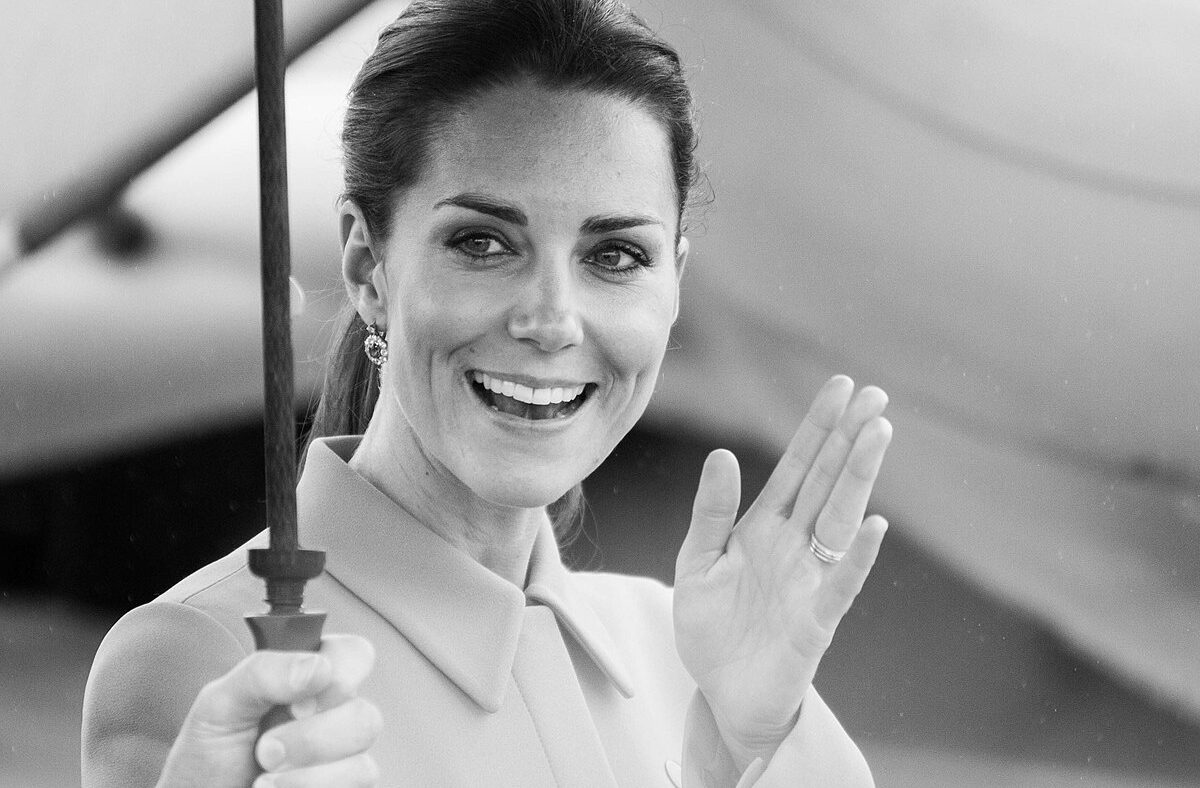‘Nature abhors a vacuum’ may be an entry level scientific theory, but it is one that communications professionals should bear in mind at all times. And it is one the Royals have proved to be indisputably true over recent weeks. From the Princess of Wales’s surgery to the King’s cancer to the tragic death of Thomas Kingston (son-in-law of Prince and Princess Michael of Kent), they have studiously said as little as possible during these difficult times.
That is, in principle, understandable. These are ultimately private matters after all. However, in our turbocharged digital age, if the full story is not disclosed, people will try to fill the gaps themselves. Inevitably, conspiracies abound about the seriousness of the various ailments afflicting the senior royals.
The royal rumours have only been exacerbated by the release of a picture of Kate Middleton and her children that was apparently manipulated to such an extent that major news agencies felt compelled to retract it. The Princess’s explanation, shared on social media, that she likes to ‘experiment with editing’ will not suffice. If the idea behind releasing the Mother’s Day snap was to quell questions about her health, it has backfired spectacularly.
The Palaces of Buckingham and Kensington may just be trying to protect the Royals’ privacy and control their relationship with the media. In their defence, they were very clear about the timeline for Kate’s recovery, and it seems to be holding true. However, the harsh reality is that they needed to be much more candid and honest with the public. This means that disclosing clearly the kind of cancer the King is being treated for and explaining why the Princess of Wales needed to spend nearly two weeks in hospital.
Instead, they have released a picture that is the perfect fodder for online conspiracists. And they still don’t appear to have learnt the lesson. As BBC News noted, there remains plenty of information about the phantom photo that we still don’t know. This includes the date it was taken and what editing was actually done to produce the published image.
There are conspiracy theories about a whole host of famous people. It has always been thus, and those that want to believe such stories can usually find the evidence to back them up. The subjects don’t need to provide the evidence themselves, as the Prince and Princess of Wales have done on this occasion.
It may be a perfectly innocent editing error to a perfectly innocent photo. However, the consequences will go beyond one rather awkward 24-hour period for William and Kate. Who do they think is going to believe it when they next release photos of Kate or the King in a bid to try and show how well everyone is? Their misstep also means that people will be more ready to question images put out by other institutions and in more serious circumstances. Online sleuths already try and dismiss images demonstrating Hamas terror published by the Israeli authorities.
Indeed, from the Moon landing onwards, conspiracists have tried to explain why photos are false. It can lead to all sorts of barmy theories when things like terror attacks take place. Proving the veracity of images is something institutions of all kinds are going to have to become hyper-aware of going forward. As picture and video AI tools like Dalle-E, MidJourney and Sora improve and become more widely used, it is going to be increasingly difficult to trust what we are seeing with our own eyes.
The same is true at the consumer level, as manufacturers embed more and more AI into their products. For instance, Samsung phones have a feature called ‘Best Take’ that let you swap someone’s face in one photo from another. No more otherwise perfect group shots ruined by one person blinking!
This is all great for having better snaps of your night out, but it also means that institutions from small restaurants to the Royal Family are going to have to work twice as hard to build trust and demonstrate that what they are showing us is real. That trust is hard won and, as Sunday showed, easily lost.
The only good thing from this sorry saga is that the issue was noticed and dealt with in short order. The amount of publicity it has got means that at least some of the public will have become more aware of how photos can be manipulated and be on the lookout in the future. However, as those AI tools get more sophisticated, spotting their use will become increasingly difficult.
With fake news and disinformation rife, the royals and other major institutions need to place increasing importance on transparency and honesty, however uncomfortable that may be.
Click here to subscribe to our daily briefing – the best pieces from CapX and across the web.
CapX depends on the generosity of its readers. If you value what we do, please consider making a donation.


